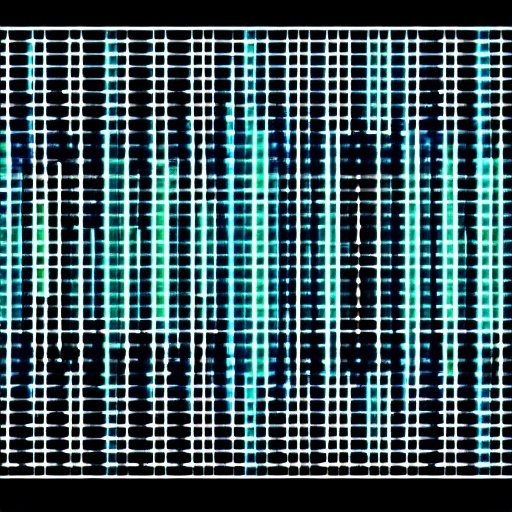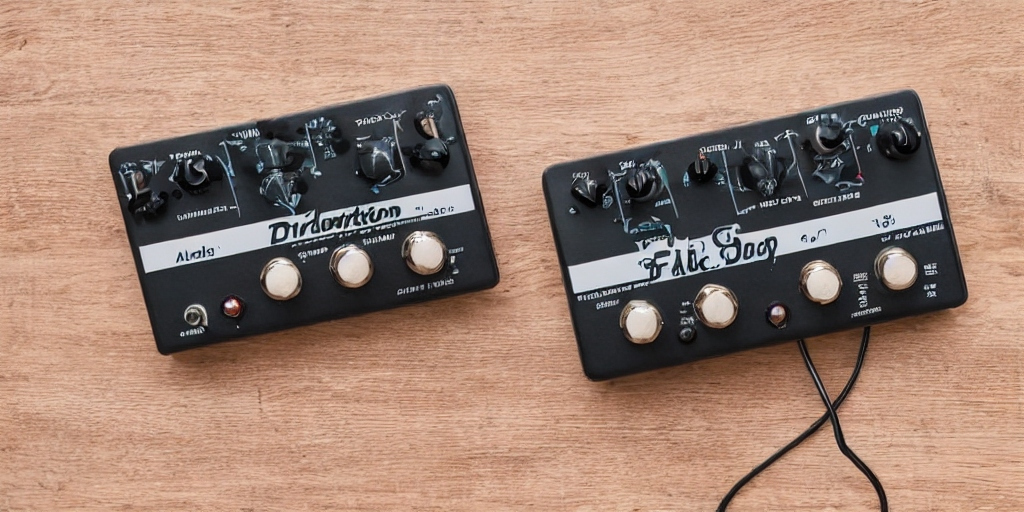
Harnessing the Power of Saturation and Distortion: Elevating Your Mixes and Masters
Audio saturation and distortion are powerful tools that can add warmth, depth, and character to your music when used creatively and effectively. These techniques have been an integral part of music production throughout history, adding unique flavors to countless iconic recordings. In this exciting and informative article, we'll explore the various types of saturation and distortion, their impact on mixing and mastering, and their historical roots in the music industry. Let's dive into the captivating world of audio saturation and distortion to elevate your mixes and masters!

A Short History of Saturation and Distortion in Music:
The use of saturation and distortion in music can be traced back to the early days of analog recording. As engineers pushed the limits of tape machines and tube amplifiers, they discovered that these devices imparted a pleasing saturation and harmonic distortion to the audio signal. This "happy accident" became a defining characteristic of analog recordings and is still sought after today, even in the digital domain.
Understanding Saturation and Distortion:
Saturation and distortion are often used interchangeably, but they are, in fact, distinct phenomena. Saturation refers to the gentle compression and harmonic enhancement that occurs when an audio signal is pushed to the limits of a device, while distortion is a more aggressive form of signal alteration, resulting in a more noticeable change in the audio's character.
Types of Saturation and Distortion: :
There are numerous types of saturation and distortion, each with its unique characteristics and applications. Some of the most common types include:
- Tape Saturation: Simulates the warmth and compression imparted by analog tape machines, adding depth and richness to the audio signal.
- Tube Saturation: Emulates the harmonic enhancement and subtle distortion characteristics of tube amplifiers, often associated with a "warm" and "smooth" sound.
- Transistor Distortion: Mimics the harder-edged distortion created by transistor-based devices, often used to add bite and character to individual elements in a mix.
- Digital Distortion: A more aggressive form of distortion, characterized by harsh, sharp-sounding harmonics, commonly used in electronic music and sound design.
Saturation and Distortion in Mixing:
In the mixing stage, saturation and distortion can be used to shape the tone, character, and dynamics of individual tracks or the entire mix. Some techniques for using saturation and distortion during mixing include:
- Adding Warmth and Depth: Applying subtle saturation can add warmth and depth to individual elements or the entire mix, giving it a more "analog" feel.
- Enhancing Harmonics: Saturation can generate additional harmonics, helping to fill out the frequency spectrum and create a fuller, richer sound.
- Controlling Dynamics: Both saturation and distortion can help control the dynamics of an audio signal, acting as a form of compression that can add sustain or tame transient peaks.
- Creative Sound Design: Distortion can be used as a creative tool to drastically alter the character of an instrument, adding excitement and energy to a mix.

Saturation and Distortion in Mastering:
While saturation and distortion are often used more sparingly in mastering, they can still play a role in shaping the final sound:
- Gluing the Mix: Gentle saturation can help "glue" the mix together, creating a cohesive and polished final product.
- Enhancing Analog Warmth: A touch of tape or tube saturation can impart a desirable analog warmth to the master, making it feel more "alive" and less sterile.
- Taming Harsh Frequencies: Carefully applied saturation or distortion can help tame harsh frequencies, resulting in a smoother and more balanced master.
The art of saturation and distortion has been an integral part of music production throughout history, contributing to the unique character and warmth of countless classic recordings. By understanding the different types of saturation and distortion, and their various applications in mixing and mastering, you can harness their power to elevate your music to new heights. Remember, the key is to be creative, thoughtful, and deliberate in your approach. With a little experimentation and a keen ear, you can leverage these techniques to create compelling, dynamic, and sonically rich mixes and masters that truly stand out in today's competitive music landscape. Embrace the captivating world of audio saturation and distortion, and watch your music come to life like never before!
Want more great audio tips? Checkout other articles from our blog!